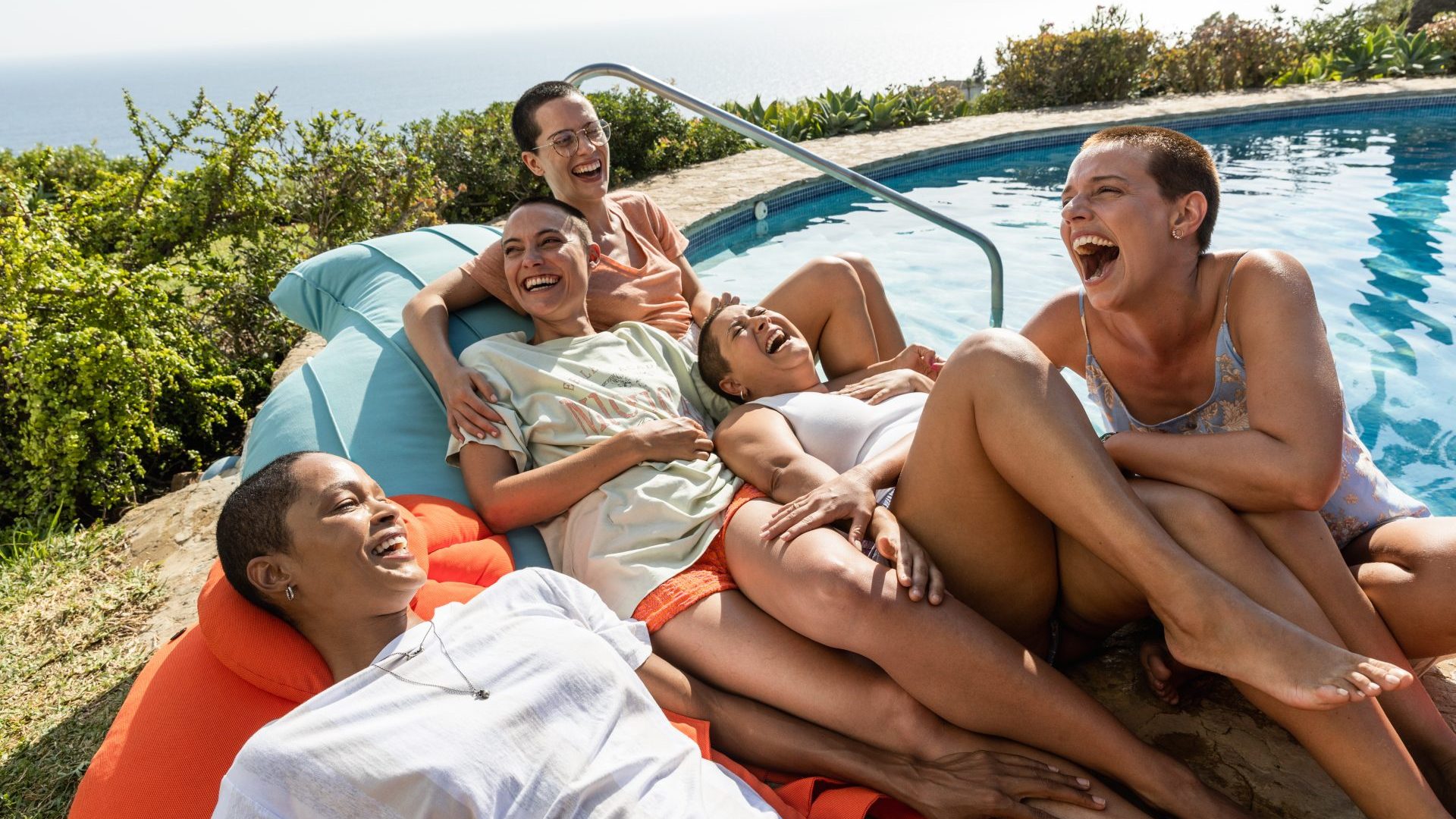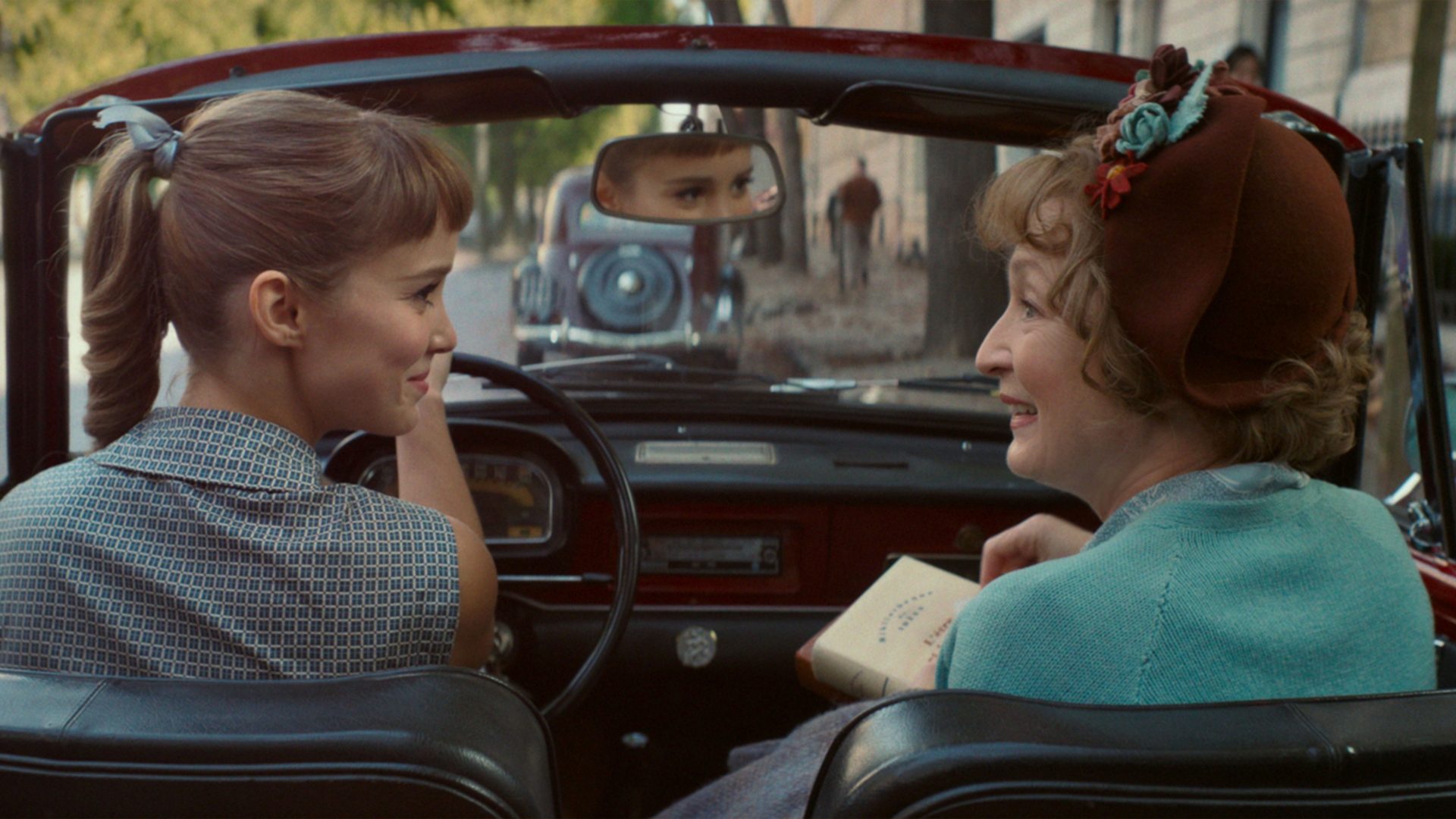When it comes to watching dramatisations of cancer, I have a routine. Before the opening credits roll on to the screen, I’m armed and ready with critiques of how the feature in question fails to capture the reality of the disease. I should caveat my discontent with the admission that my years of medical training sit at zero. Instead, my experience is that of an onlooker after my mum was diagnosed with breast cancer in 2011.
Grappling with her diagnosis, I spent many teenage years looking for portrayals of cancer in television series and films. My hope was that they’d offer some sort of solace and even, if I was lucky, the answers to the questions caught in my throat that I was often too timid to ask. The results were mixed.
One by one, the depictions showed me a fractured story of the one I was witnessing in real life. Some felt accurate, such as Miss You Already’s birthday scene where Milly throws a somewhat ugly tantrum at the party organised for her, criticising the friends and family gathered at the restaurant to celebrate her. How dare they engage in festivities now, flaunting the fact that their lives are proceeding as usual while hers is on hold? Other productions fail spectacularly. Sex and the City’s analogy that Samantha’s chemotherapy lounge is comparable to a “vacation in Miami” is almost laughable. Almost. Then, there are shows like The Girls at the Back, which change the game entirely.
Created by Daniel Sánchez Arévalo, The Girls at the Back is Netflix’s new six-part Spanish dramedy about a group of five 30-year-old friends and how female friendship can ease the sting of life’s rough hands. Sara (Itsaso Arana), Alma (Mónica Miranda), Carol (María Rodríguez Soto), Leo (Mariona
Terés) and Olga (Godeliv Van den Brandt) have been inseparable since school, where one teacher assigned seats alphabetically. All with surnames beginning with letters towards the end of the alphabet, the five were placed at the back of the class, earning the ensemble nickname that provides the show’s title.
Now, one of them has cancer and, leaving their lives in Madrid behind, they devise a trip to sunny Cádiz to distract from the reality of the diagnosis and imminent treatment. There is but one twist. As a watcher, we don’t know which one has cancer.
This is one of the trip’s two rules. First, they are not to talk about the cancer diagnosis. This is made considerably harder by their decision to shave their heads in solidarity, a process which makes up the series’ opening minutes. The act of shaving heads is as essential to the cancer canon as Santa Claus and sentimentality are to Christmas films, but their buzz-cut hairdos create a
constant elephant in the room and complication to their number one rule.
The second rule of the jaunt is that each day they must complete a bucket list-style challenge that they’ve always wanted to do, but have never had the
courage. From “hooking up with a chick” (which immediately causes awkward controversy when all of the group are straight, bar Alma) to “committing a crime”, the girls’ days are fuelled with emotional awakenings
and nights with misadventures and misdemeanours. Suddenly, we are left
with a series about cancer that rarely mentions the disease and, in its absence, discusses seemingly everything else. It’s genius.
The fact that these conditions are easier said than done ever so slightly taints the series. It feels implausible that, even when aided by drugs and alcohol, the girls, especially the one diagnosed, wouldn’t let the cat out of the bag and emotionally blurt out what’s been on the tip of their tongue since they left Madrid.
But The Girls at the Back preempts this. From time to time, when away from the others, occasionally they fall short of their promises. On a night out, Carol discloses to a bride at her bachelorette party why she has a shaved head (“are you part of a cult or is it cancer?”). Meanwhile, Olga confides in her holiday romance that one of them is sick before asking if he finds such a heavy confession a turnoff. And, even if they didn’t stumble, occasionally it’s nice to give in to the utopia directors and producers present us with.
If nothing else it makes the series ending, where watchers are finally let in on the secret, far sweeter. Outside the hospital, in the final five minutes, the patient reveals herself and it’s as perfect as it is poignant.
Before writing this review, I stumbled across a piece of commentary pondering what other series The Girls at the Back resembled. Their answer was that it will remind you of another recent show about female friendship, Another Life. Yet, my response is different and simple: none. It stands alone and takes the cancer trope in a new direction where the disease can be everything and nothing to a plot simultaneously.
Arguably, it responds to one of the age-old cliches of cancer; a diagnosis
need not define an individual. It reimagines cancer storytelling with style, wit and grace. Gracias.
The Girls at the Back is streaming on Netflix




